The Seagate Personal Cloud is a small home or office NAS that acts as a private cloud for users when they are home or away. All the user's personal media be it photos, videos, or multimedia collections can be stored on the Personal Cloud and streamed to a television, mobile device, or DLNA compatible device such as a gaming console. The Personal Cloud can also be used as a backup and sync device for mobile devices, PCs, and Macs.
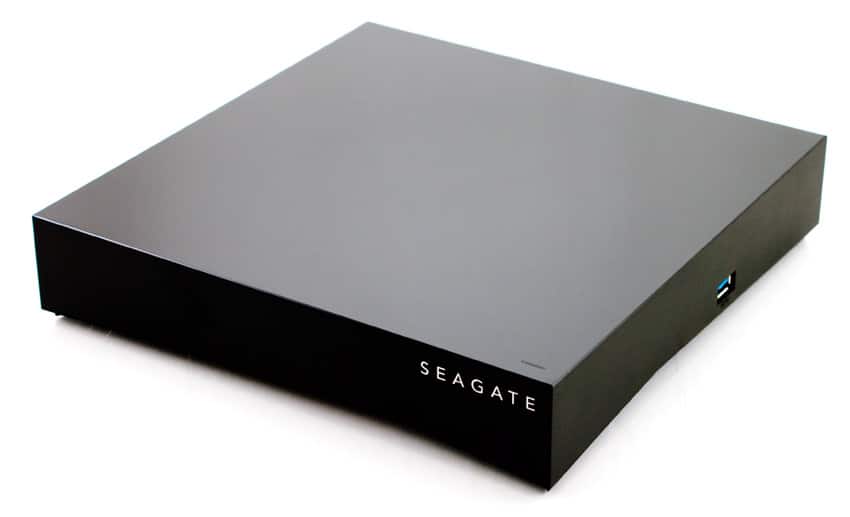
The Personal Cloud uses Seagate’s Media application and Sdrive to stream its contents to several devices including: Smart TVs (LG and Samsung 2012 models or later), Blu-Ray players (with Smart-hub again 2012 models or later), iOS and Android smartphones, iPad, Android, Kindle, and Windows 8/RT tablets, streaming media players such as Roku, Google Chromecast, and Apple TV (via Apple AirPlay) and DLNA devices such as Sony’s PlayStation 3 & 4, and Xbox 360 & Xbox One. Users can access and manage their multimedia library from anywhere with the Seagate Media app or through a Seagate Access account.
Seagate Personal Cloud isn’t just a media repository/player. Lots of important data can be backuped and synced through Personal Cloud either at home or on the go. Not only does the Personal Cloud backup and sync computer and mobile device content automatically, it also allows users to set backup schedules and the 2-Bay has a mirrored configuration for further data protection. Another feature of Personal Cloud is using secondary cloud services to make yet an additional copy of users data, allows users to move data to public clouds to free up space, and allows data on public clouds to be moved into local storage. Personal Cloud works with: Amazon S3, Box, Baidu, DropBox, Google Drive, HiDrive, and Yandex.Disk.
The Seagate Personal Cloud 2-Bay starts at $269.99 for the 4TB and has a 2-year limited warranty.
Seagate Personal Cloud 2-Bay Specifications:
- Capacity: 4TB, 6TB, 8TB
- System requirements:
- Windows 8, Windows 7, Windows Vista
- Mac OS X 10.7 or later
- Up to date Internet Explorer Firefox, Chrome, or Safari web browser
- External ports: Ethernet x 1
- Dimensions (LxWxH): 9.21 x 9.25 x 1.89 in (234 x 235.15 x 48 mm)
- Weight: 4.8 lbs. (2.18 kg)
Design and build
The Seagate Cloud 2-Bay is a black plastic box about two inches tall that is reflective on top and has a matt finish on the sides. The 2-bay model is twice as wide as the 1-bay as the drives are side by side as opposed to stacked. The front of the device has the Seagate branding on the top right hand side with an indicator light above the branding on the top of the device.

On the right hand side of the device is a USB 3.0 on the side.

Moving around to the rear of the device, starting from left to right we see the power button, the power inlet, the Ethernet port, and a USB 2.0 port. Ventilation runs along the top of the rear of the device as well as most of the bottom. The ventilation is in the same tessellating triangle pattern that Seagate used on its Backup Plus without the blue bottom.

Usability
The Seagate Personal Cloud comes with a quick start guide. Essentially, plug it in, connect it to a wireless router via the Ethernet cable that is included in the box, turn it on, and then use the web interface on a network attached computer (access Personal Cloud through Networks on a PC and through Shared on a Mac). Follow the instructions on the web interface to finish the setup.
The device may have to go through a firmware update or two before it launches. Once setup is complete user will be brought to a home screen where they can access the default apps: Device Manager, Download Manager, Backup Manager, App manager, Sdrive, and Seagate Media.
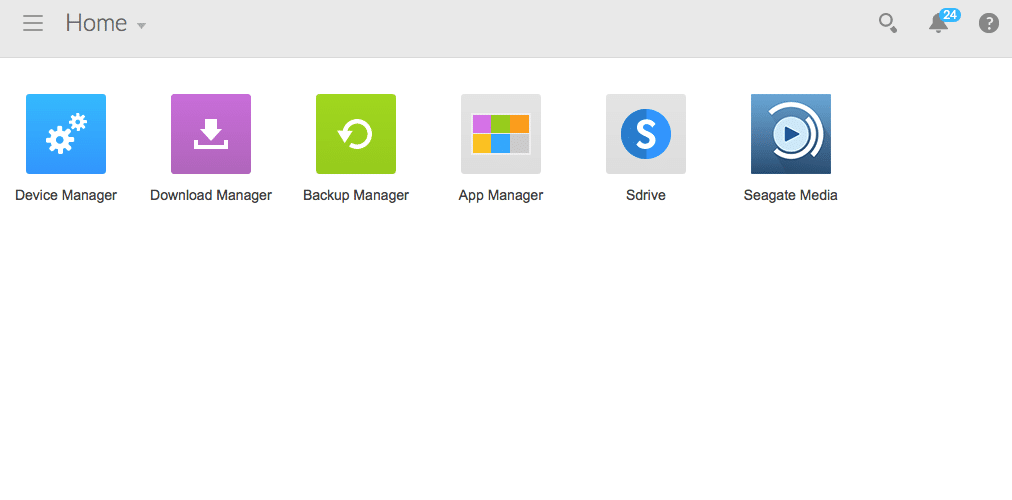
The Device Manager gives users an overall view of the capacity used, the health of the device, and a list of users. Through the setting tab on the left hand side users can get a more in-depth look at certain aspects such as network, power, operating system, and storage overview.
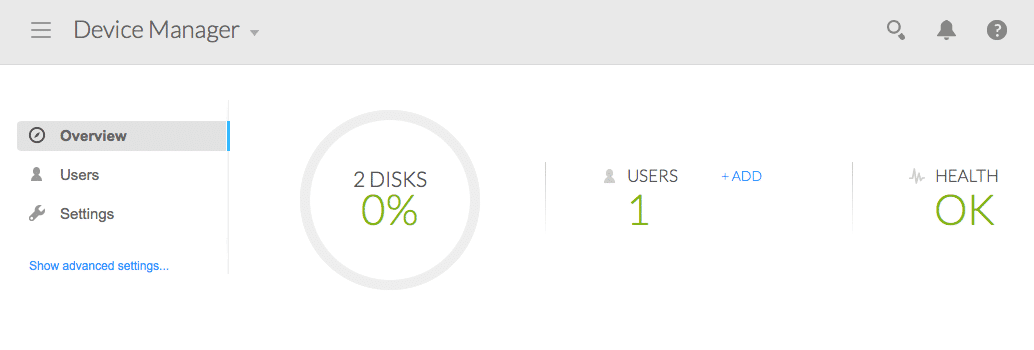
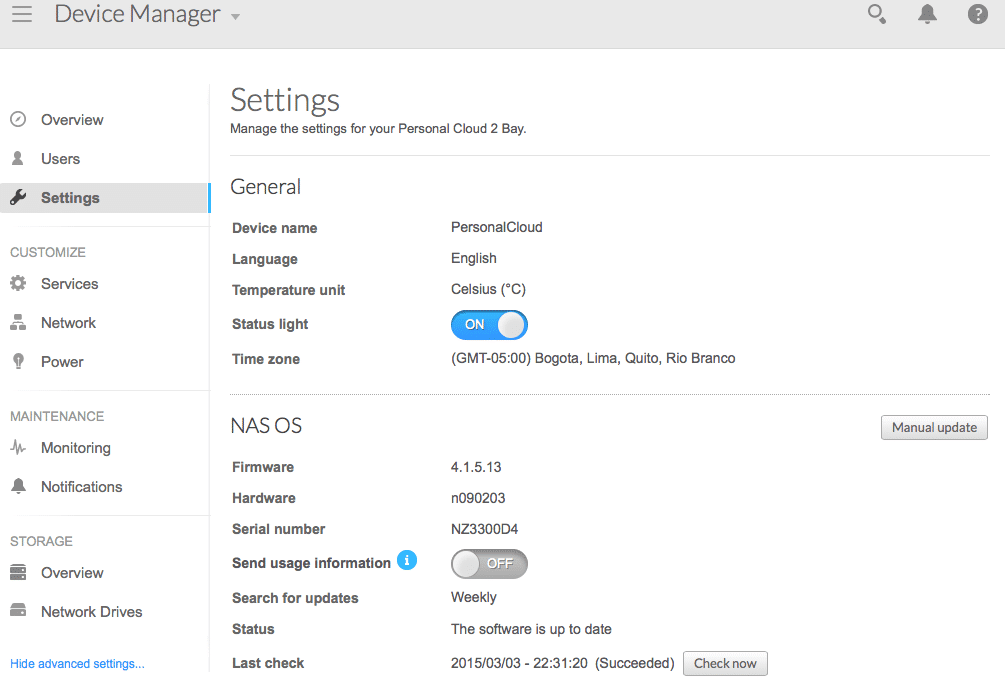
The App Manager is an app “store” where users can download various apps offered by Seagate.
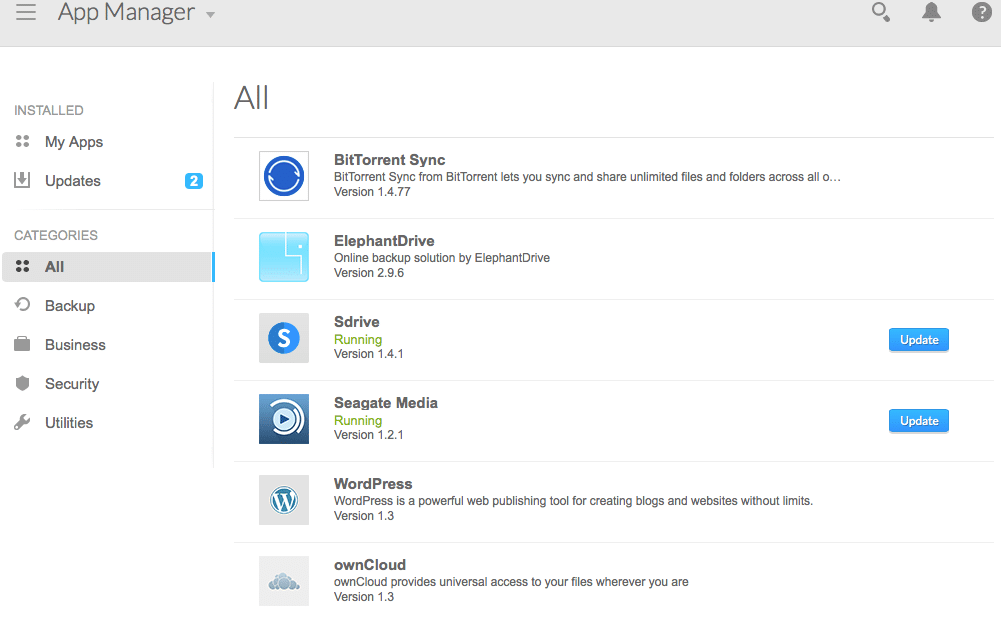
And Backup Manager allows users to schedule backups and syncs of their various network connected devices.
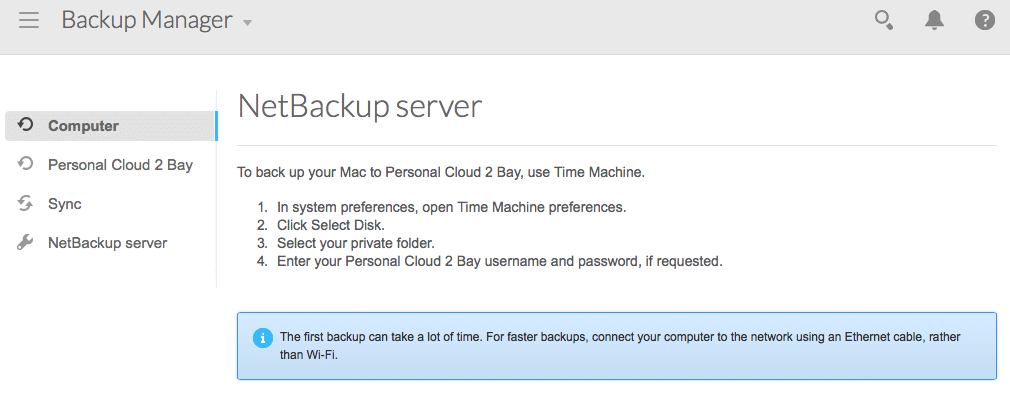
Seagate also provides mobile apps for remote access. Below is a Seagate Media app for iOS where users can access and manage their media library as well as upload and download files
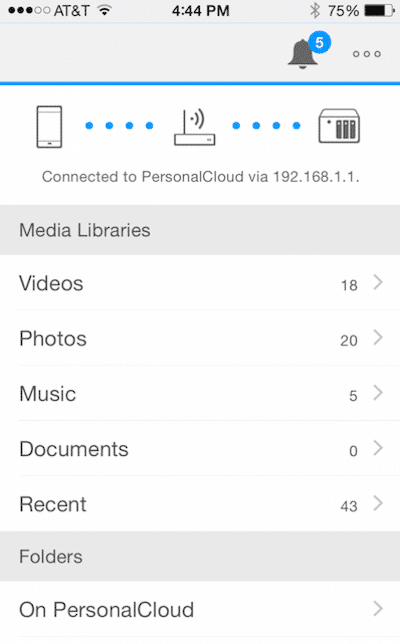
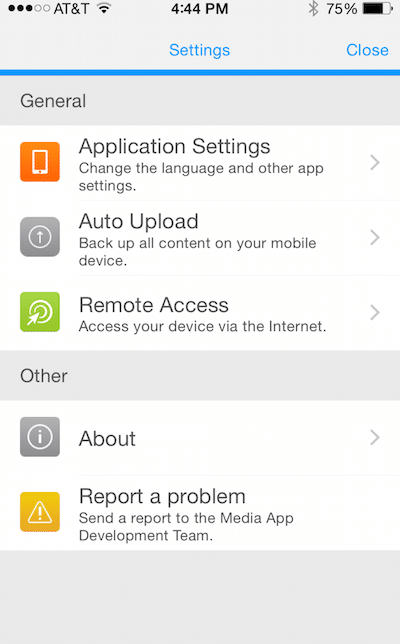
Performance
Prior to initiating the fio synthetic benchmarks, our lab preconditions the device into steady state under a heavy load of 16 threads with an outstanding queue of 16 per thread. Using a 25GB test file from a single shared folder, the Personal Cloud (mirrored) posted speeds of 12.5MB/s read and 84.6MB/s write. These speeds should be enough for the everyday consumer under the use cases the device is intended. In the event more performance is desired, Seagate has a series of banded NAS solutions that scale up with higher usage/capacity needs.
Conclusion
The Seagate Personal Cloud enables home users to have their own private cloud for media and data storage. Personal cloud streams locally to most devices including newer Smart TVs, tablets, smartphones, and data streaming devices. Users can access their Personal Clouds anywhere they have an Internet connection through Seagate’s Media app and Sdrive. Overall the configuration and usability of the device is very good, the iOS apps for instance have a nice, clean UI and should be pretty easy for anyone to pick up and run with.
Our review is of the two-bay model, though both single and dual-drive models have the same software and features, the 2-bay simply allows for additional protection through drive mirroring. From a performance perspective the Personal Cloud isn't a screamer, but has enough speed for what the vast majority will use it for. The end result is a simple to use cloud device that has a lot of integration points for file access.
Pros
- Easy to set up (we had it up in running in a few minutes minus the firmware updates)
- Simple management, good UI
- Variety of backup options
Cons
- Limited amount of apps in the App Manager
Bottom Line
The Seagate Personal Cloud is ideal for the home user or workgroup that wants to access to their files anywhere, anytime. Users also have a backup and sync option with the ability to backup again to a public cloud or move data back and forth for additional peace of mind.
Seagate Personal Cloud at Amazon



 Amazon
Amazon